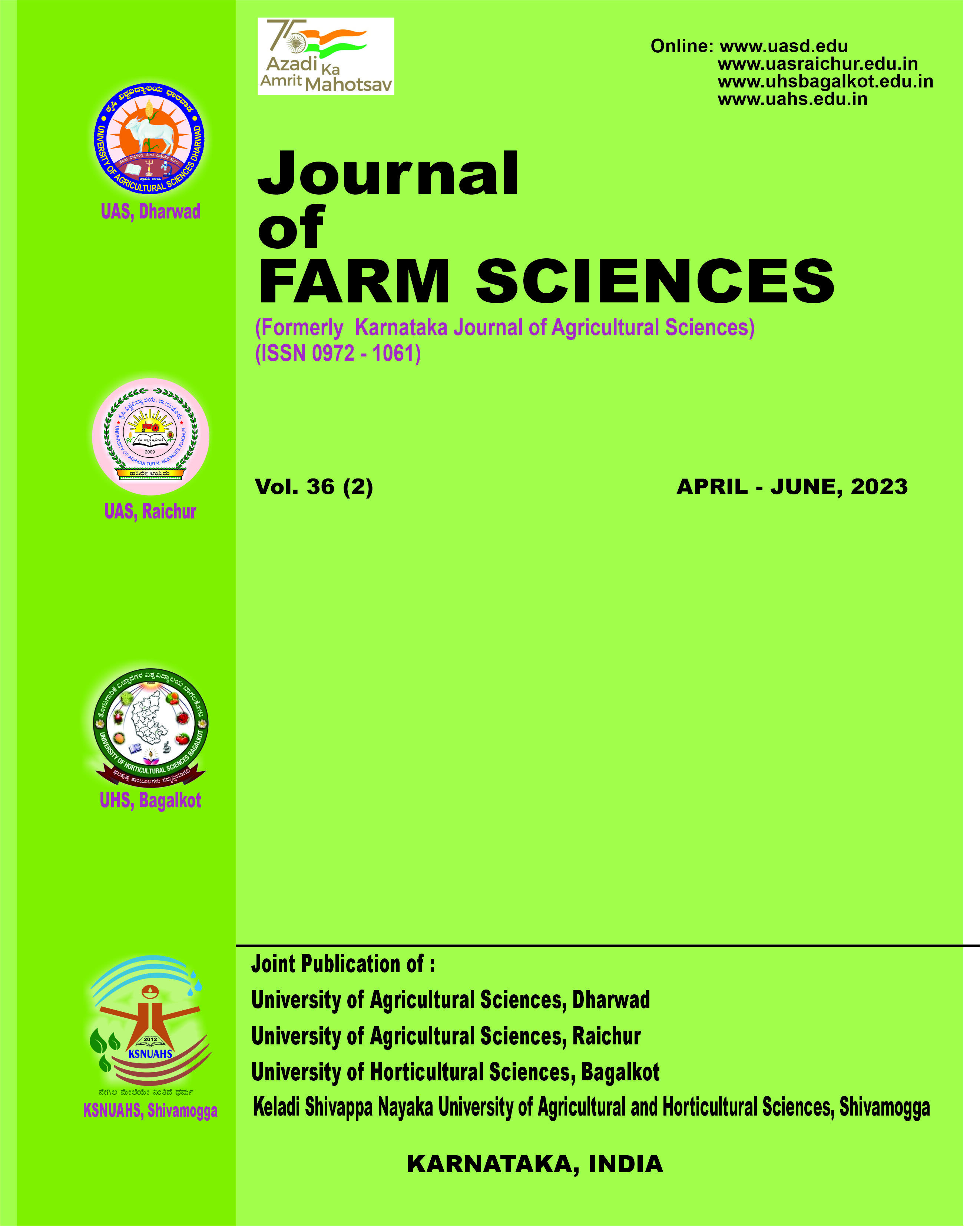Role of neem in the management of storage and crop pests : A review
Keywords:
Antifeedant properties, Azadirachta indica, Integrated pest management, Storage, Toxic effect
Abstract
With the continued robust growth of the global bio-pesticide market, Azadirachtin is uniquely positioned tobecome a key insecticide. The broad-spectrum activities of Azadirachtin at low use rates coupled with the insect growthregulator activity and unique mode of action (ecdysone disruptor) make it an ideal product with the additional advantage ofprevention of insecticide resistance development in case of pests. Therefore, it could become an integral component ofintegrated pest management and organic pest management programmes. Azadirachtin has been exempted from residuetolerance requirements by the US Environmental Protection Agency for food crop applications. It has been found to exhibitgood efficacy against key pests such as white flies, leaf miners, gnats, thrips, aphids and many leaf-eating caterpillars, fungi,bacteria, and viruses. Azadirachtin has minimal impact on non-target organisms, and is compatible with other bio-controlagents. The world’s largest azadirachtin extraction facility has been commissioned in India to process over 1000 tonnes ofneem seeds per annum. This will ensure adequate availability of technical grade azadirachtin material in the future. Atpresent, it can be justifiably asserted that the full potential of neem has still not been exploited.
Published
2022-09-28
How to Cite
KAMBREKAR, D. N., MALLAPUR, C. P., SAGAR, D., & SINGH, S. (2022). Role of neem in the management of storage and crop pests : A review. Journal of Farm Sciences, 35(03), 304-318. https://doi.org/10.61475/jfm.v35i03.48
Section
Research Article
Copyright (c) 2022 Journal of Farm Sciences

This work is licensed under a Creative Commons Attribution-NonCommercial-NoDerivatives 4.0 International License.


